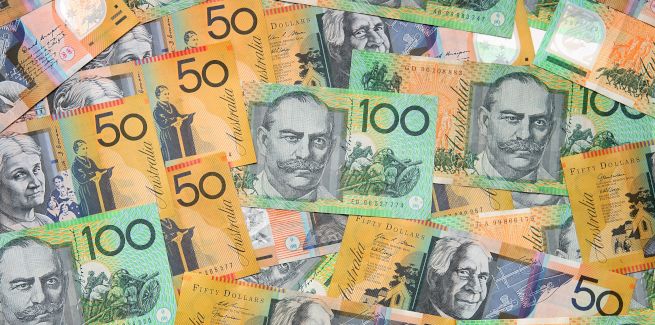Calls for stamp duty reform have gathered momentum in recent months, with the COVID-19 crisis reigniting the push for structural changes to the taxation system.
In a discussion paper released in October, NSW Treasury conceded that stamp duty has been viewed as a “highly inefficient tax” that serves as a barrier to home ownership and property mobility.
Last month, the CEO and founder of real estate franchise Upside Realty, Adam Rigby, warned that stamp duty costs were deterring older Australians from downsizing and unlocking their wealth.
According to Mr Rigby, there are more than 100,000 “underused” houses in NSW and Victoria alone, which may consist of one or two people living in an “otherwise empty” six-bedroom house.
NSW Premier Gladys Berejiklian and Victorian Premier Daniel Andrews recently revealed that their respective governments are considering reforms to stamp duty arrangements as part of broader strategies to remodel their state economies.
Economists and market analysts have weighed in on the debate, with a Finder survey reporting that over two-thirds (69 per cent) expect stamp duty to be scrapped by 2021.
According to Finder, over 80 per cent of respondents said stamp duty should be abolished or replaced with a land tax.
“Stamp duty makes the process of buying a home even harder,” Graham Cooke, insights manager at Finder, observed.
“Not only do borrowers have to save a 20 per cent deposit, they also need to save well over $10,000 – in some cases more than $80,000 – for a tax that generally cannot be included in your mortgage.
“It’s like an on-the-spot fine for home buyers. Putting this tax burden all upfront holds back purchases and dissuades buyers from purchasing frequently.”
He concluded: “As a borrower, investing that $10,000-$80,000 in the value of your home, rather than immediately losing it to the government, will be a huge benefit,” he said.
[Related: NSW, Victoria open door to stamp duty reform]
 ;
;